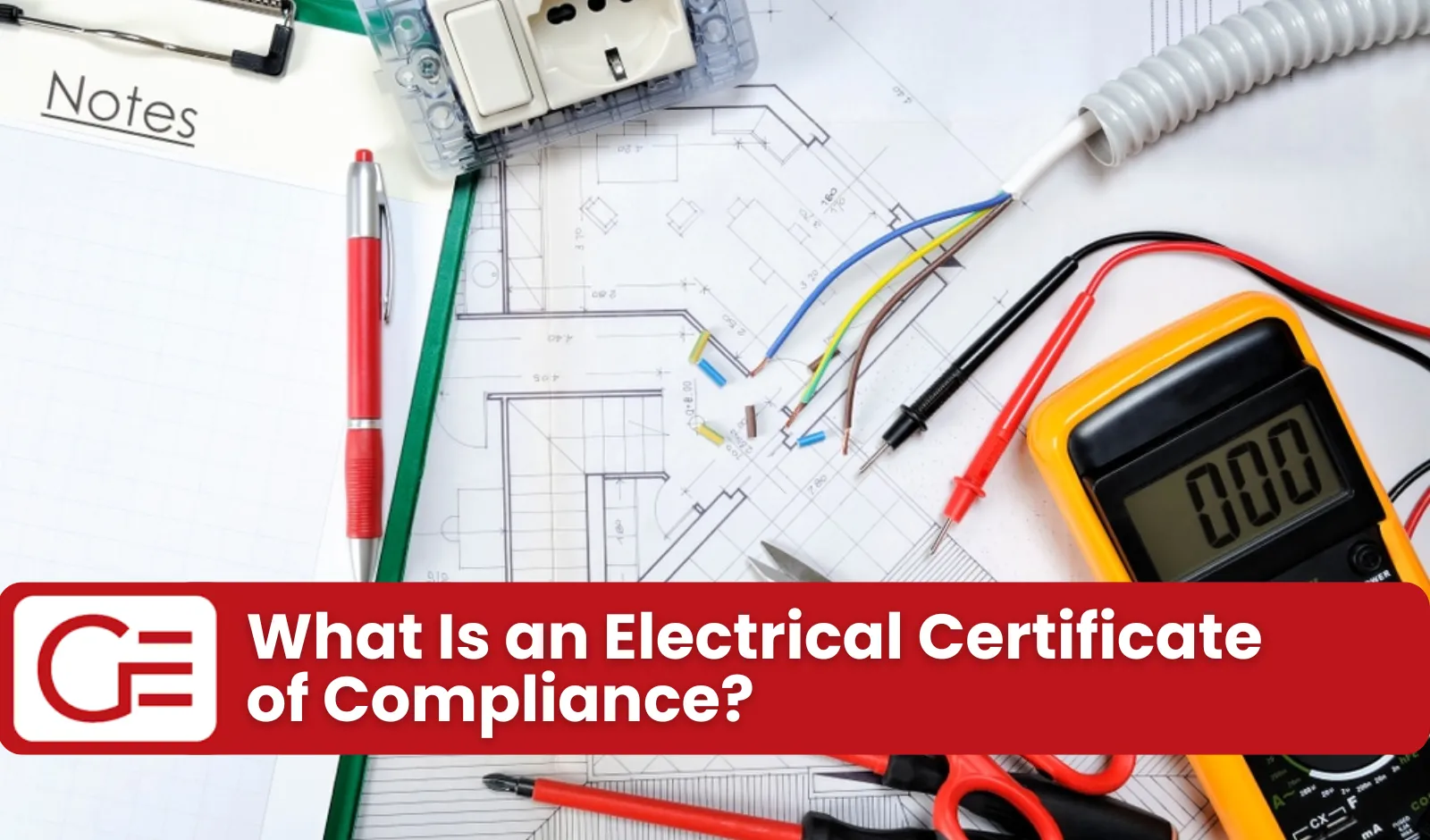


Your home or business’s electrical system relies on one vital safety device, the circuit breaker. It safeguards your wiring, appliances, and everyone on the property from electrical overloads and faults. Over time, these breakers can wear out or become outdated, especially as power demands increase.
If you’re planning to repair, replace, or upgrade your switchboard, it’s important to understand how circuit breakers work, when they should be replaced, and how to choose the right type for your electrical setup. This guide will help you make informed, safe decisions to keep your power running efficiently and your property protected.

Choosing the Right Circuit Breaker
Selecting the correct circuit breaker isn’t just about size. It’s about ensuring safety, compatibility, and long-term reliability.
Here’s what to consider:
- Voltage and Current Ratings: Match the breaker to your system’s voltage and the expected current load.
- Interrupting Capacity (Fault Level): Ensure it can safely handle the maximum fault current in your system.
- Breaker Type: Decide whether you need a single-pole, double-pole, or special protection breaker such as RCDs, AFCIs, or GFCIs.
- Environment and Space: Check installation space, temperature range, and compatibility with your switchboard.
- Quality and Certification: Always choose certified products that comply with New Zealand electrical standards.
Common Mistakes to Avoid:
- Installing a breaker that’s too large for the circuit, which delays tripping and risks overheating.
- Using mismatched brands that don’t fit your switchboard.
- Ignoring potential future upgrades, like EV chargers or new appliances.
If you’re unsure which breaker suits your home or business, our Registered Master Electricians can recommend and install the right solution for your setup.

Upgrading Your Circuit Breaker or Switchboard
As homes and businesses modernise, electrical demands grow. Appliances, air conditioning, EV chargers, and smart systems can overload older panels.
You Might Need an Upgrade If:
- Your breakers trip frequently under normal load.
- The panel is full, outdated, or shows visible wear.
- You’re adding new high-powered appliances or equipment.
- You still use fuses or non-compliant breaker types.
What an Upgrade Involves:
- Assessing your total electrical load and future capacity needs.
- Installing a higher-capacity switchboard and new breakers that meet NZ safety codes.
- Rewiring and relabelling circuits for clarity and compliance.
- Future-proofing for solar systems, EV chargers, and smart devices.
An upgrade enhances safety, improves efficiency, and gives you peace of mind that your system can handle modern power demands.
However, not every electrical issue requires a full upgrade. In some cases, a single faulty or outdated breaker is the problem, and that’s when a replacement may be the safer, more cost-effective solution.
Replacing a Circuit Breaker Switch
Replacing a circuit breaker might seem straightforward, but it’s one of those electrical tasks where DIY can quickly become dangerous. Working inside a live switchboard carries serious risks, including electric shock, fire, or permanent damage to your electrical system. It’s always safest to leave this job to a licensed electrician who understands New Zealand’s electrical safety standards.
Circuit breakers wear out over time or may trip frequently due to underlying electrical issues. Knowing what’s involved in replacing one helps you understand why professional help is often best.
Safety First:
- Always turn off the main power before touching the switchboard.
- Use insulated tools and verify there’s no live current using a voltage tester.
- Never attempt a replacement if you’re uncertain or unlicensed. Electrical work in New Zealand must meet safety codes.
What a Professional Electrician Does:
- Shuts off the main breaker and removes the switchboard cover safely.
- Identifies the faulty breaker and disconnects its circuit wires.
- Installs the new breaker, ensuring all terminals are tight and properly connected.
- Tests the circuit before restoring power.
If your switchboard shows signs of burning, corrosion, or damage, replacement alone isn’t enough. You may need a full switchboard upgrade for long-term safety.
Attempting DIY electrical work can void insurance, breach safety regulations, and put lives at risk. Always contact a licensed electrician to ensure your circuit breaker replacement is done safely and correctly.

Keep Your Power Safe with Grammar Electrical
At Grammar Electrical, our licensed team helps Auckland homes and businesses stay safe and compliant, from fault finding to upgrades and ongoing maintenance.
Get in touch today for:
- Switchboard inspections and safety checks, including electrical maintenance services, preventative maintenance, and testing.
- Circuit breaker diagnosis and replacement when units are slow, faulty, or tripping.
- Panel and switchboard repairs and upgrades using industry-standard methods and thermographic testing where needed.
- Electrical compliance documentation, Certificates of Compliance and Electrical Safety Certificates.
- 24/7 emergency electrician support for urgent breakdowns.
Protect your property and get peace of mind with Grammar Electrical. Contact us today for expert advice or a free quote or book online & save $15.
Got a question?
Contact us for a FREE installation quote or book your job online today.
Same Day Service Guarantee - Terms & Conditions

The "Same Day Service Guarantee or it's Free" applies to:
a. Residential work and Commercial only.
b. Jobs specified as needing same day service when booking a job by phone or online.
c. Residential and Commercial work booked with Grammar Electrical:
i) Before 11:00AM
ii) For calls or online bookings received after 11:00AM, the customer will be offered a job. Booking for the next business day and normal callout fees ($170+ GST) will apply.
iii) Any other jobs booked outside business hours (9:00AM - 5:00PM Monday- Friday) will incur after hours charges.
iv) This offer is excluded for jobs booked on New Zealand public holidays.
d. If Grammar Electrical are unable to attend on the same day (within 24 hours) for a job booked by the customer, the standard callout fee of $170 + GST will be waived and is free, but all other normal charges, fees and expenses will apply to perform the Electrical Services and to provide any products/materials concerning those services.
e. The Standard Callout Fee will be deducted from your bill as long as you pay within your invoice's due date. The callout charge is applicable if your invoice is overdue.
f. If Grammar Electrical are willing and able to perform the Service or provide the Goods on the same day the job is booked, however the Customer for whatever reason does not give access to their property on the day, Grammar Electrical will be deemed to have complied with it's "Same Day or it's Free" guarantee and shall be entitled to charge the customer the standard call-out fee.
g. This offer is not a guarantee of work being completed. The completion of the job will depend on stock availability and also the amount of work required.



















